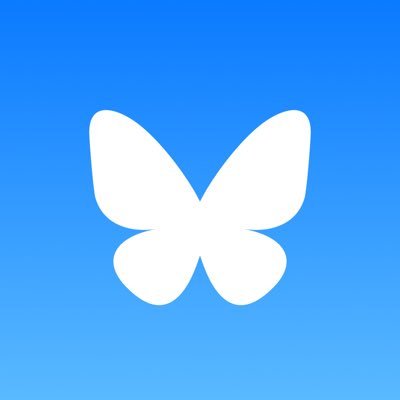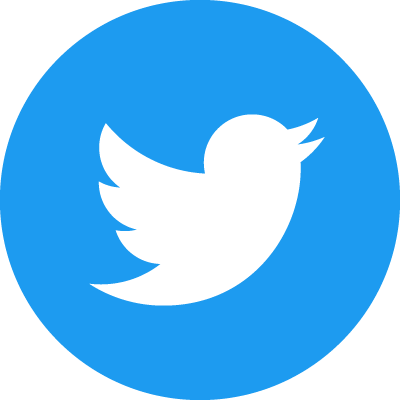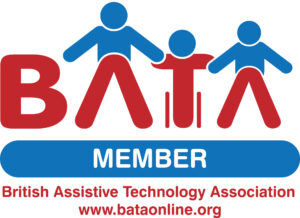Words and sentences
The content in Wordshark ranges from very simple words to challenging sets for able spellers. There are lots of phonics options and you can easily add you own words.
The courses
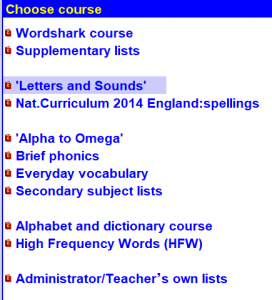
Word courses
There are over 10,000 pre-recorded words and sentences in Wordshark. These are arranged in ‘courses’:
Wordshark spelling course – starts with letter sounds and simple words and follows through systematically to long difficult words.
Nat.Curriculum 2014 England – follows the English Government’s spellings for KS1 and KS2
Everyday vocabulary lists and activities – great for EAL learners
Subject vocabulary – arranged under 13 headings
High frequency words – words that are needed most frequently for reading and for writing
Alphabet and dictionary – practises single letter sounds and letter names. It also practises the alphabetical ordering of letters and words
‘Letters and Sounds’ for a phonic approach – follows week by week progression for ‘Letters and Sounds’ (English government synthetic phonics scheme)
‘Alpha to Omega’ based on the popular phonics resource
and more…
Adding your own words
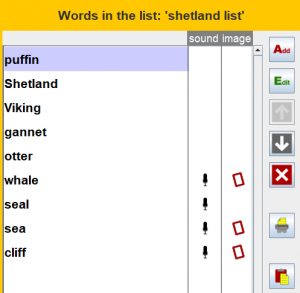
Adding your own words
It’s easy to add your own words and pictures into Wordshark. Here are some examples:
- Target words that children are struggling with
- Enter words that tie-in with a History-related class project such as the Victorians
- Provide reinforcement of specific words after classwork
- Learn foreign languages using Wordshark
- Create translation lists or definition lists
Word lists and games address:
- common letter and auditory patterns
- prefixes and suffixes
- homophones
- spelling rules
- alphabet and dictionary skills
- use of words in context.
Synthetic phonics
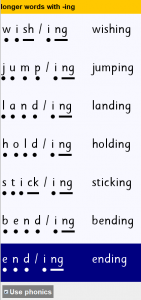
Ticking ‘Use Phonics’ box
Phonics are an integral part of Wordshark.
The phonics games involve blending sounds to make words as well as segmenting words into sounds and syllables.
You can tick the ‘Use phonics’ box so that a dot appears under each letter representing a single sound, and a dash under two or more letters representing a single sound. You can click on a word to hear it spoken – first it will give the single sound (phoneme), followed by the whole syllable/word.


